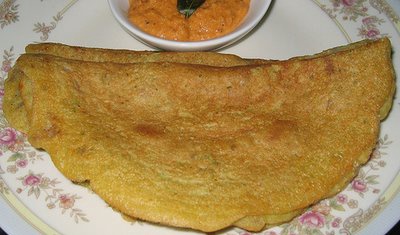Mung bean starch is a refined carbohydrate product derived from the separation and extraction of starch from mung beans (Vigna radiata). The process typically involves soaking the beans, grinding them into a slurry, filtering out fiber and protein components, and allowing the starch to settle. Once separated and dried, the resulting white powder is composed almost entirely of amylose and amylopectin, giving it functional properties suited to gelatinization and gel formation.
Mung bean starch is most prominent in the cuisine of East and Southeast Asia. In Chinese cuisine, it is used to produce fen pi (mung bean sheets) and liangfen (cold jelly noodles). In Vietnamese cooking, it forms the base of translucent cakes such as bánh bột lọc. In the Philippines, it appears in certain noodle types and as a thickener in desserts. When made into starch vermicelli, commonly referred to as "glass noodles" or "cellophane noodles," mung bean starch provides a slippery, chewy texture that is heat-stable and resistant to breaking apart, making it suitable for stir-frying and soups.
The starch has a high gelatinization temperature and forms a firm, elastic gel upon cooling, characteristics that distinguish it from other starches such as those from corn or potato. It is also valued in food processing for its clarity and neutral taste.

